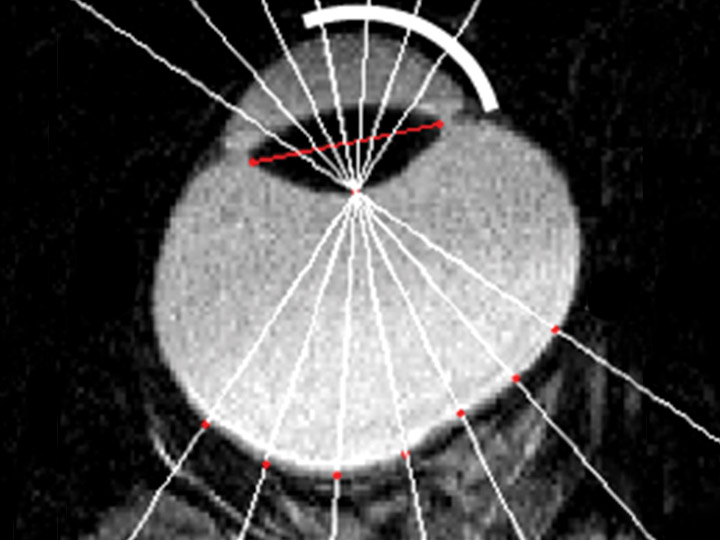Eye Growth and Nearsightedness

Currently estimated to affect more than two billion people globally, nearsightedness is double what it was a half century ago. By the end of the decade, estimates suggest this will grow to one-third of the world’s population. By 2050, that number is predicted to climb to nearly five billion. That’s half the world’s population.
In nearsightedness, or myopia, people can see close objects clearly, while objects farther away appear blurred. According to the American Optometric Association, myopia occurs when a person’s eyeball is too long or if the cornea is too curved. As a result, the light entering the eye isn’t focused correctly, making the distant objects look blurred.
Usually developing in school-aged children when eyes are growing, the condition, if left undetected, progresses and can adversely impact a child’s education and social development. It also significantly increases the risk of cataracts, glaucoma and retinal degeneration and detachment as people age.
The University of Houston’s Earl L. Smith III, O.D., Ph.D., is at the forefront of myopia research and has earned many accolades over the years for his pioneering work in developing treatments to slow the progression of nearsightedness in children. Most recently, he was named one of the 50 Most Influential in Optometry by Optometric Management magazine for his significant contributions to the profession.

From a pool of more than 400 nominations, the magazine recognized those who have made significant contributions to the betterment and advancement of the eye care profession. Specifically, Smith’s nominators cited him for his research on refractive development in helping define the mechanisms regulating eye growth. They noted his findings regarding the impact of peripheral vision on central refractive development, resulting in the development of peripheral optical treatment strategies for slowing myopia progression in children.
“My team and I study eye growth and what factors contribute to people becoming nearsighted,” said Smith, who is the dean of UH’s College of Optometry and holds the Greeman-Petty Professorship in Vision Development. “Our research provides new insight into refractive development and has practical implications for the clinical management of myopia.”
Smith explains refraction as the ability of the eye to bend light so that an image is focused on the retina. He says this changes as a person matures and when someone becomes nearsighted, distant images become focused in front of the retina instead of on it, as it needs to be for clear vision.
“We’re one of the leading labs looking at the optical performance properties of the vision-dependent mechanisms that regulate growth, and we have been systematically defining what vision can and can’t do,” Smith said. “One of the things we’re noted for most recently is that we’ve been able to show the periphery of the eye can dominate eye growth. That was something very unexpected.”
The reason it was such a surprising finding, Smith said, is because “when you look at something, you point a specific part of your eye that has very high visual acuity right on the object you want to see, and that’s the point in the eye everyone assumed the visual signals came from to control eye growth.”
However, Smith said, it turns out that’s not the case. Instead, it’s the signals generated in the periphery that are very powerful and dominant. Therefore, in developing optical strategies to control eye growth and prevent or slow the progression of myopia, components must be designed that take into account the focus in the periphery of the eye.
“Our discovery that the signals in the peripheral retina have a big impact on guiding eye growth was a revelation, because it was qualitatively different from the way the field was looking at the signals controlling eye growth,” Smith said. “We had always assumed this very small central area controlled things, which is logical and very much in agreement with known facts. It’s an assumption we all made. It just turned out not to be right. When we started doing our experiments, they clearly showed there was something else involved.”
These new methods Smith and his colleagues have been studying represent a fundamental shift in the approach to optical interventions for controlling refractive development. He says all the more successful optical treatment strategies available today manipulate the peripheral optics of the eye. While not yet to the point of textbooks changing, he says these new insights are certainly in the journals and have become accepted in the last 10 years. This is motivating many interesting lens designs in attempts to control the way the eye grows.